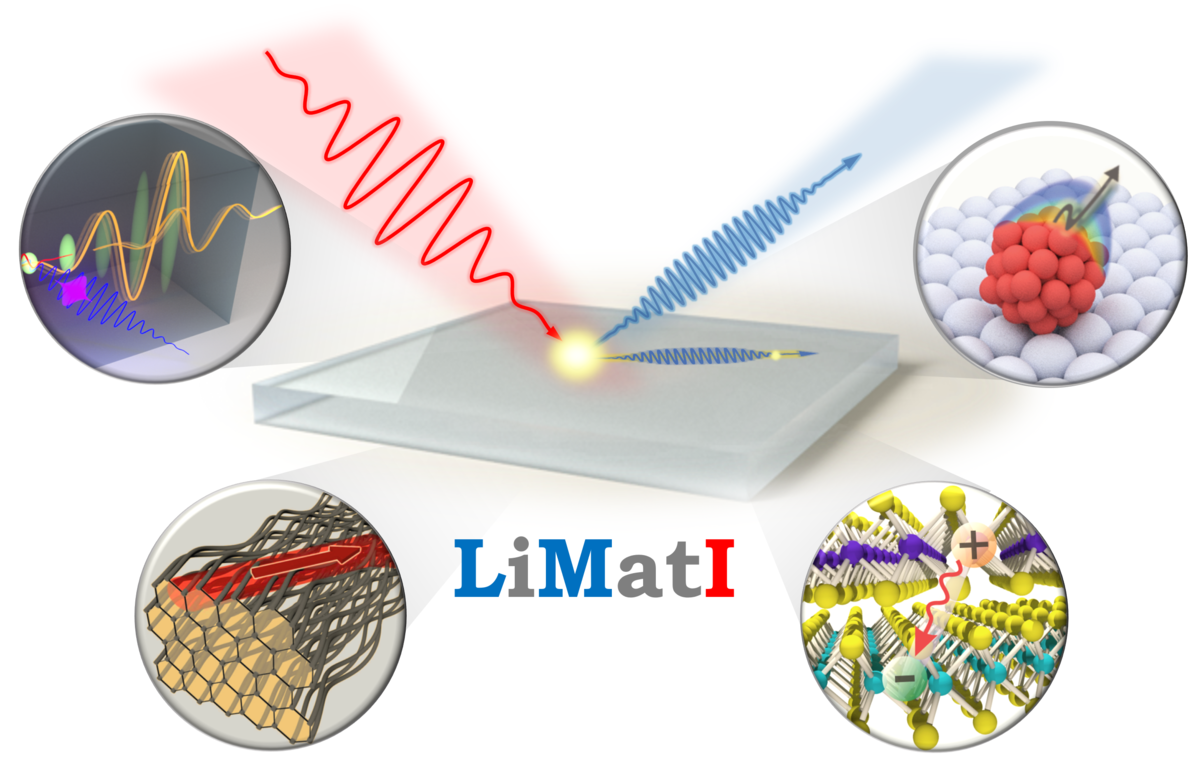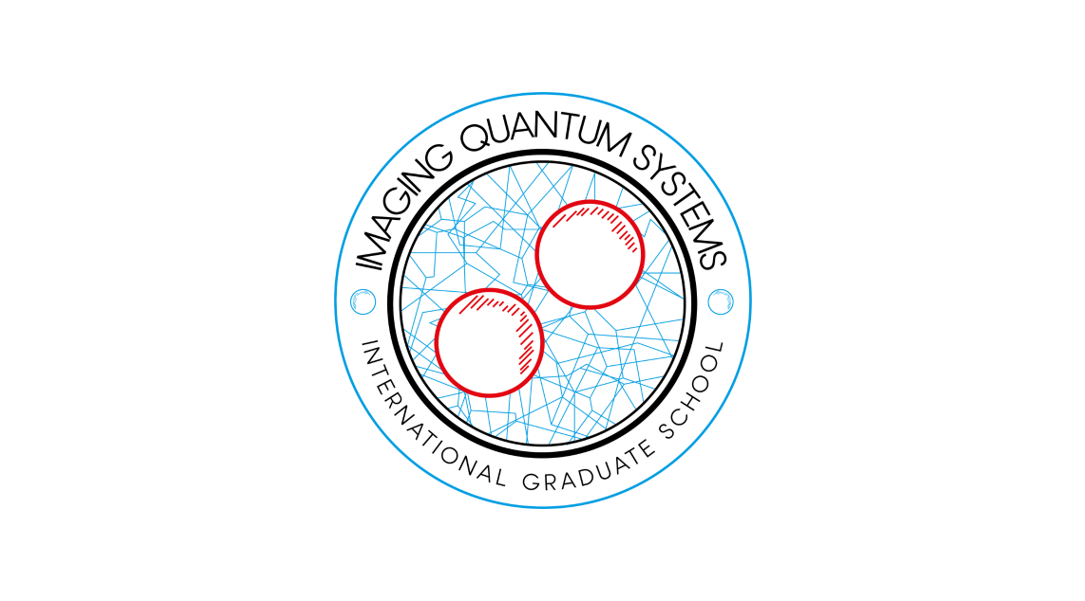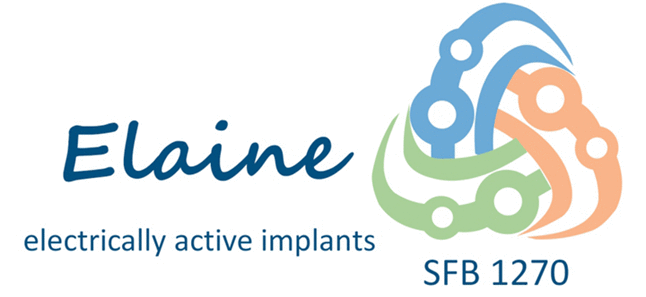Research activities of the department members
Some of the important projects of the members of the department include the DFG Collaborative Research Centers SFB1270 (Elaine) and SFB 1477 (LiMatI), an IRTG, as well as projects in DFG Priority Programs (ongoing) and various BMBF collaborative projects initiated from Rostock, which are supported by the state and the University of Rostock.



